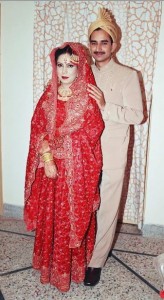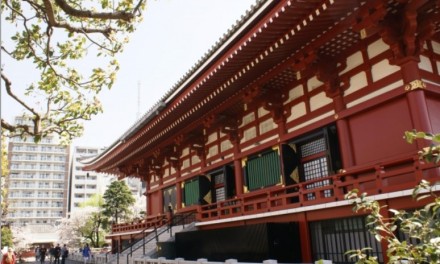 Although the custom of arranged marriages has become increasingly uncommon in America and Western Europe in the modern era, arranged marriages are a custom that is still alive and well among Asian Indians and in Third World countries around the world.
Although the custom of arranged marriages has become increasingly uncommon in America and Western Europe in the modern era, arranged marriages are a custom that is still alive and well among Asian Indians and in Third World countries around the world.
What’s interesting to me is that even Indians living and working in the U.S. and Europe still practice this custom even if they don’t travel back to their native land for the ceremony.
While this may seem like a really alien practice for Americans, who are raised to prize their individuality and forge their own destinies (including finding and selecting potential mates), this practice is simply the way things work for countless young Indian men and women.
For some Indians, their mates are selected for them in childhood, and while they may never meet until right before their wedding, they wind up having long and happy marriages.
Personally, I can’t imagine marrying a total stranger, but then this is the practice of a foreign culture from an ancient land and it follows centuries of precedents.
And by all accounts, the practice of marriages arranged by the parents of the bride and group are generally successful.
After ten years, around 75-80% of all arranged marriages are still going strong, as opposed to the general divorce rate in the U.S., which hovers around 50% and has for several decades.
I think what arranged marriages hinge on is that the children love and trust their parents.
Even though Indian families tend to be more old-fashioned and stricter with their children, there is a closeness there that, sadly, many Americans lack.
Because these families are so close and the children trust their parents’ authority, they are willing to go along with their choices for their mates.
Can you imagine any American kids going along with something like that?
I can’t, but maybe there is something to the idea of arranged marriages, since so many of them turn out to be long, successful and happy unions.
One of the fundamental differences between Western and Eastern marriage practices is that an Indian-style arranged marriage doesn’t allow for the idea of love at first sight.
The couple meets briefly at first (usually for no more than 40 minutes), then after they agree to become engaged to one another, they have longer, more frequent meetings that are always chaperoned by a family member.
It is only after the marriage is finalized that they couple has a chance to fall in love with one another.
This seems backwards to Western sensibilities, but it appears to work for Indians and other world cultures that practice arranged marriages.




